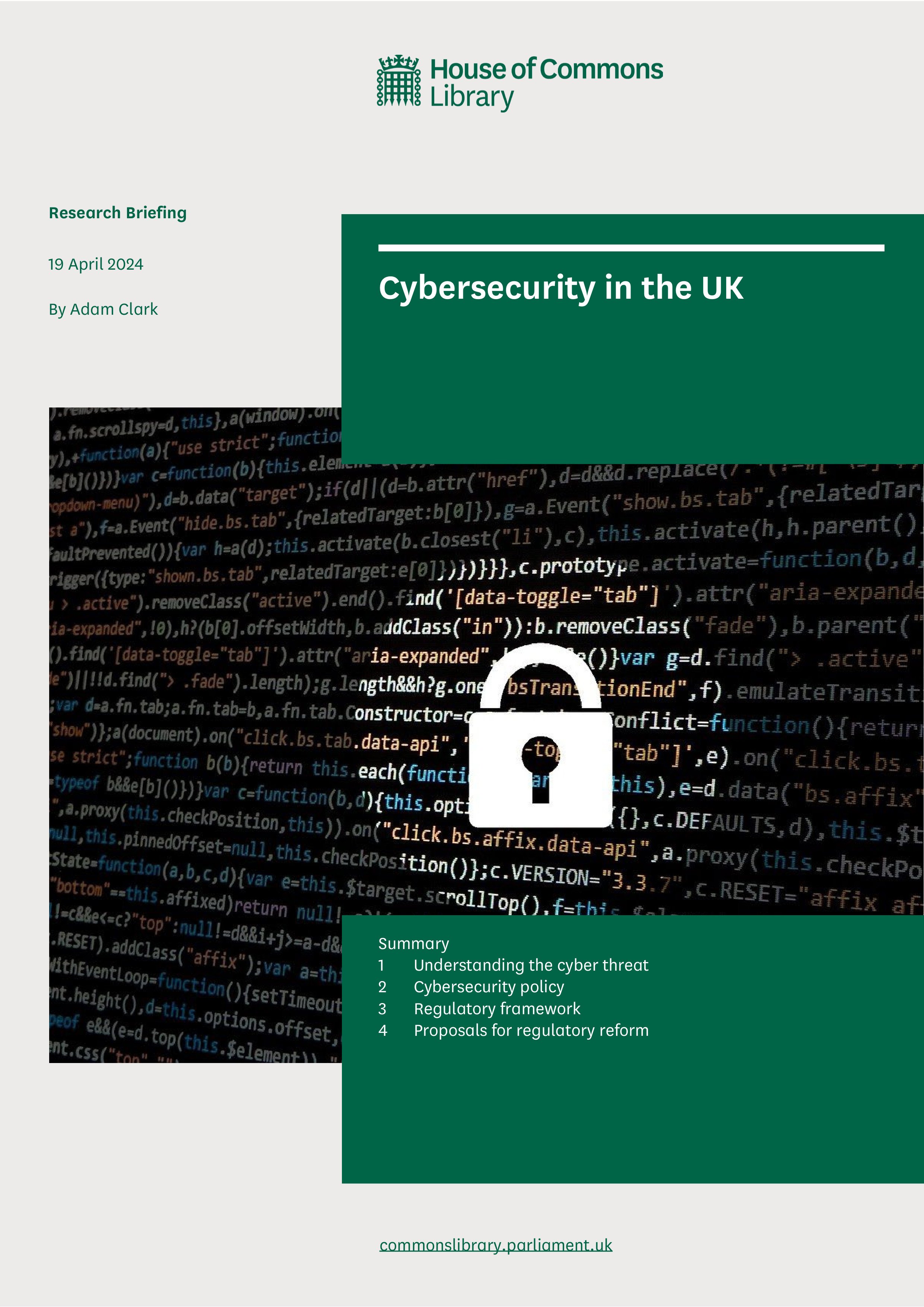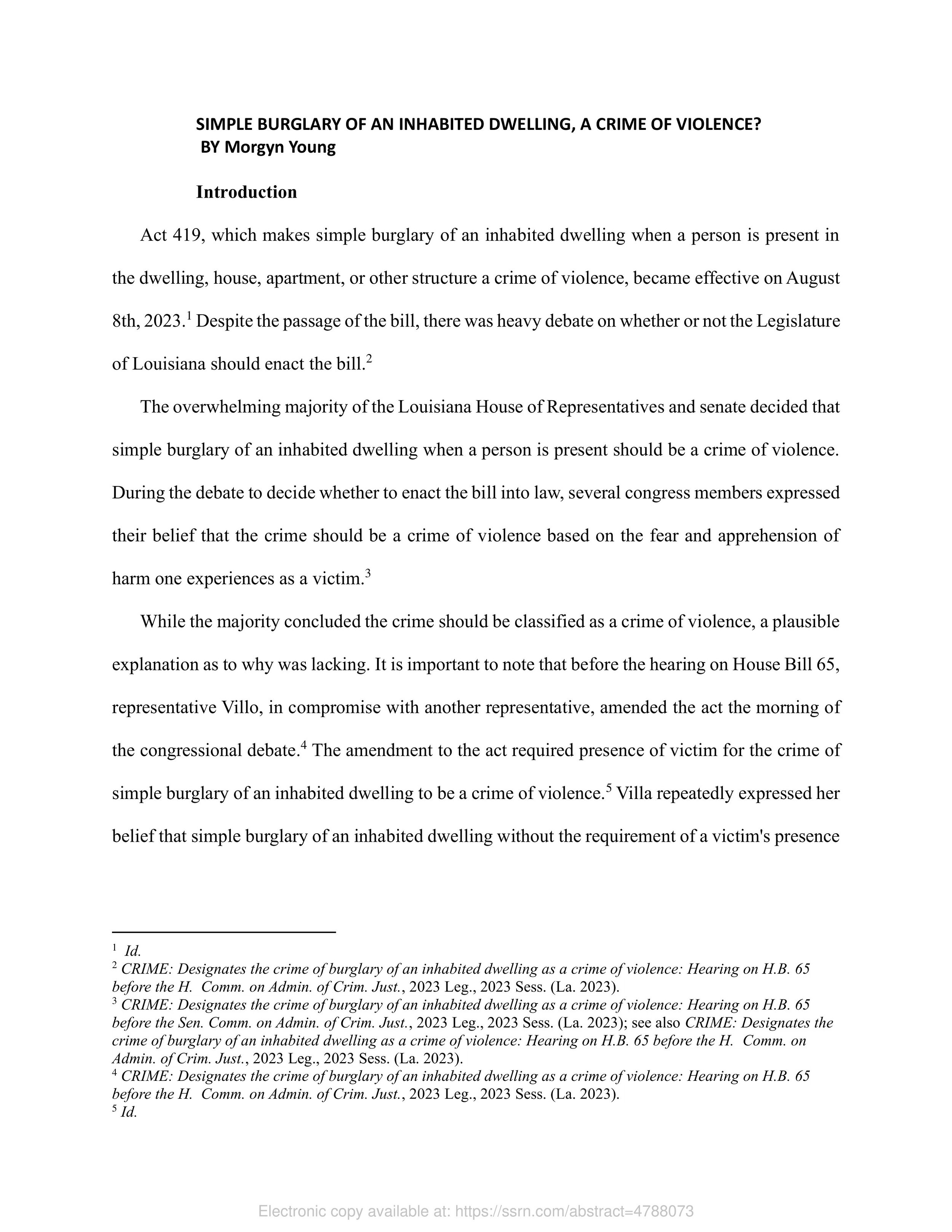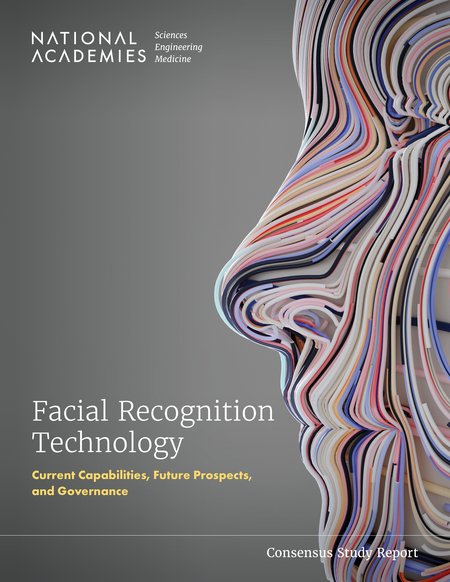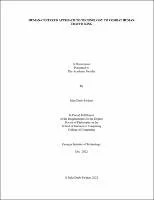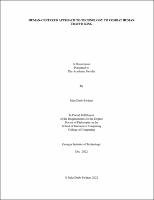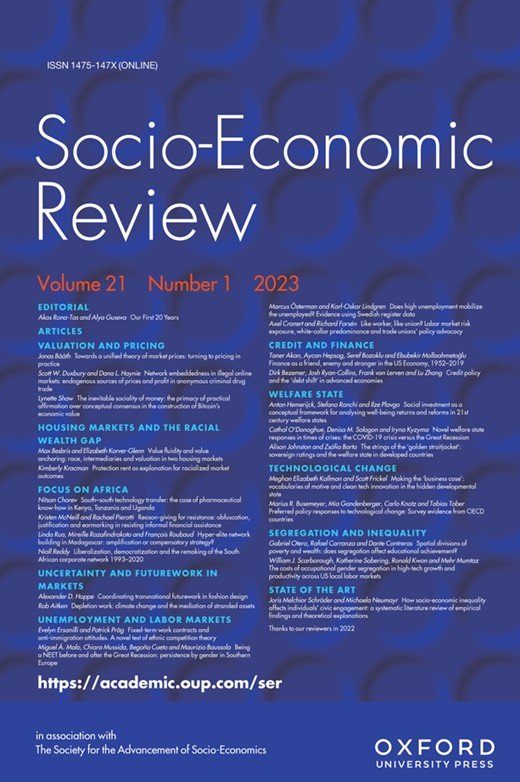By Asher Flynn, Anastasia Powell, Lisa Wheildon
This project offers crucial insights to aid Australian employers and policy-makers in understanding and combating workplace technology-facilitated sexual harassment (WTFSH) effectively.
The study featured:
20 in-depth interviews with industry stakeholders
a national survey with over 3,300 Australian adults
focus groups with young adults to identify current gaps in WTFSH response mechanisms.
The findings underscore the significance of the problem, with 1 in 7 Australian adults surveyed reporting they had engaged in WTFSH.
Results also reflect that gender is a key factor in perpetration. Men were more likely to report they had engaged in WTFSH than women, and male-dominated workplaces were associated with much higher rates of WTFSH than workplaces dominated by women.
Sexist and gender-discriminatory attitudes and the endorsement of sexual harassment myths were two of the strongest predictors of engagement in WTFSH. These results emphasise the critical importance of gender-competent leadership in the workplace.
Sydney: Australia's National Research Organisation for Women's Safety (ANROWS) 2024



